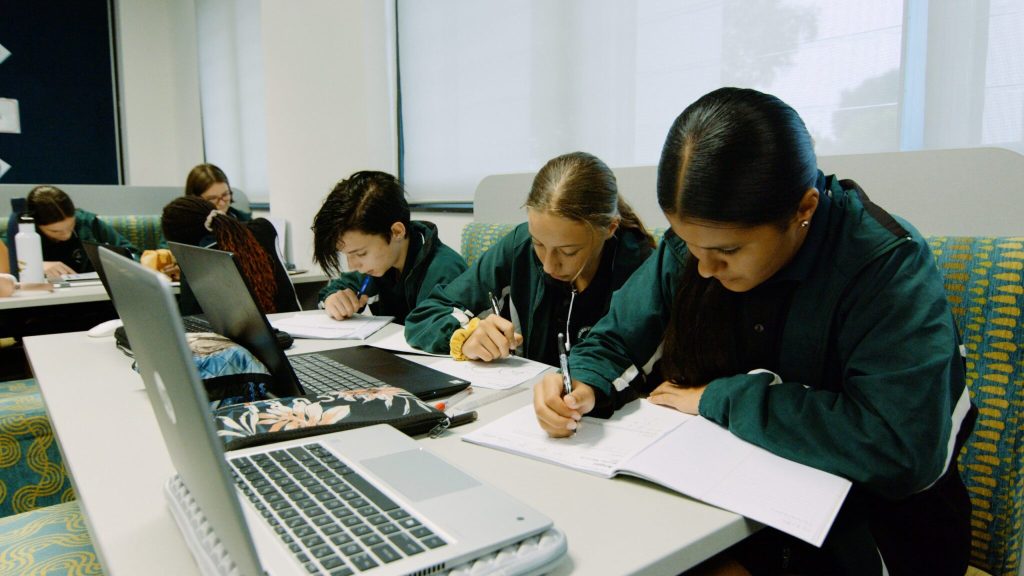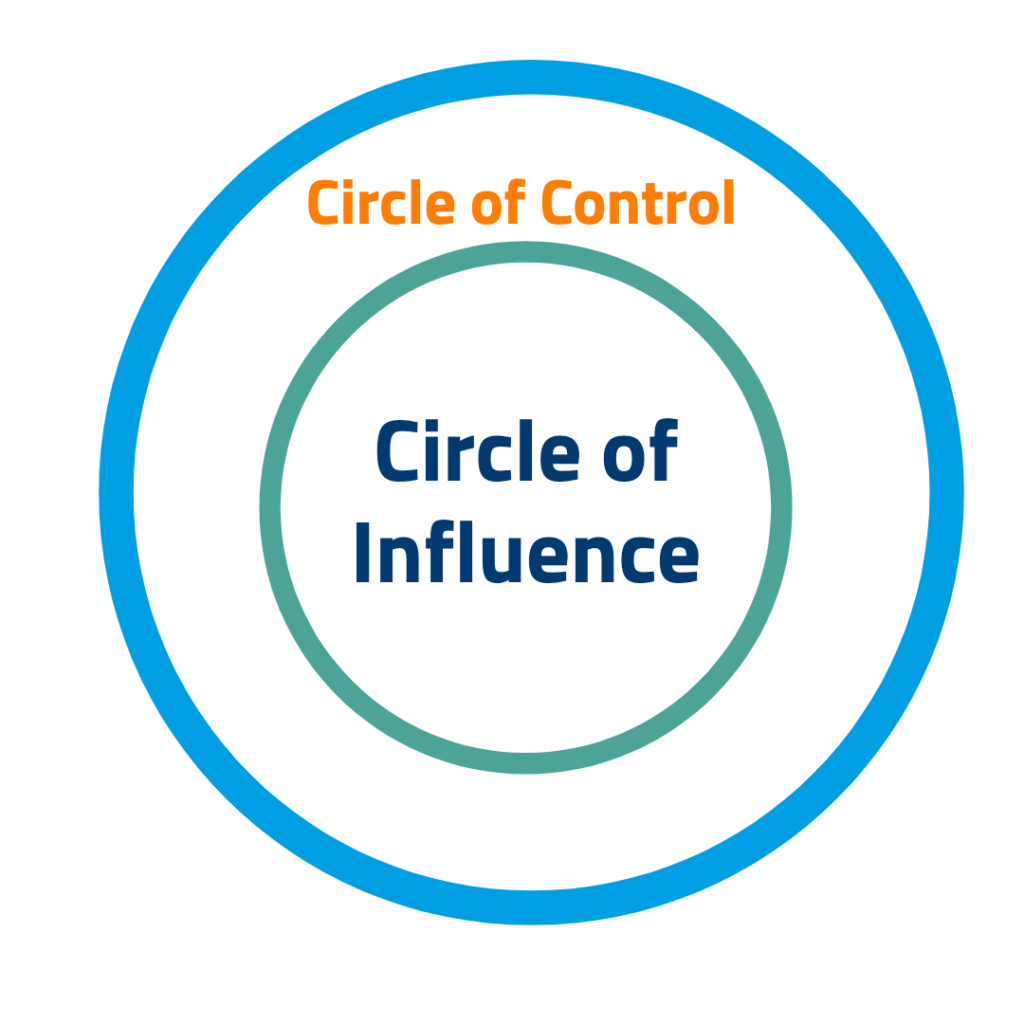Maths results are declining in Australia. It’s something we’ve all heard before.
Every year, the headlines fill our newspapers and our news feeds alerting us to downwards trends and our falling position amongst the world’s top performers.
PISA reports, NAPLAN results, TIMMS data; all paint the same frustrating picture. Despite the best efforts of teachers across the country, our students are falling behind the rest of the world when it comes to maths.
The 2018 PISA Report caused the most recent wave of headlines. When the report was released late last year, alarm bells sounded. Australia’s maths results had fallen to their lowest ever.
Ministers rushed to the scene to express their disappointment. The government put pressure on the states to make “bold changes”. The Gonski Review was dusted off and placed on the frontline. It was all systems go.
But once the headlines washed from the news cycle, the bells rang out. Nothing happened. Now here we are — Term 1, 2020. A new decade with a whole school year in front of us and a downward trend that no one really knows how to stop.
Who’s fault is it anyway?
There is no doubt that there are many factors at play when we look at Australia’s maths results.
We don’t have enough qualified maths teachers; increasing compliance requirements are taking up too much teacher time; changes need to be made to the curriculum.
But one factor is often forgotten, despite plenty of talk about it in recent years. Probably because it’s so ingrained in daily life as a teacher, but also because it’s amongst the hardest to address.
It’s the spread of ability in the maths classroom.
It really is a bigger problem than we think
It’s not news to anyone that students will be at very different levels with very different learning needs, despite sitting in the same class. A typical Year 7 classroom has an eight year spread of ability ranging from students who struggle to count, to students who have a deep mathematical understanding but can lack challenge from aged-based content.
But from this one challenge, many others grow.
Students become disengaged and many experience maths anxiety.
When you consider the wide spread of ability in the classroom, it makes sense why this happens. There are a number of students who will be learning content that they’re not ready to learn. There will also be students who will be more advanced than their peers and won’t be challenged enough by the content they’re learning.
This is a recipe for disengagement. It can lead to behavioural problems and a strong dislike for maths. After all, students don’t start school disliking maths. But many of them leave school feeling that way.
Some students might not completely disengage, but they do lack interest or perceive maths as difficult. So instead of actively engaging in maths class they turn to memorising formulas.
This obviously leads to poorer outcomes for our students, but it also has wider implications.
The number of Australian students choosing to study maths in the senior years of high school and beyond is shrinking. According to projections by the Australian Bureau of Statistics, employment is predicted to increase in professional, scientific and technical services by 12% and in health care by almost 16% over the next five years. Meanwhile, the STEM pipeline of primary and secondary students, graduates and job seekers is declining.
In fact, data from Australia’s 2015 PISA results show that 22% of Australian 15 year-olds fell short of PISA’s minimum proficient standard (Level 2), compared to only 9% of students in the world’s five best performing education systems. The types of opportunities that students will have in the future workforce are directly linked to the competencies they have attained by age 15. Making the lack of mathematically skilled job seekers not at all surprising.
But what’s more troubling is that many students who fall behind often don’t catch up. Most students who achieve low numeracy scores in Year 3 never catch up to their classmates, falling even further behind by Year 9.

Now is not the time to stand by
Behind every new troubling report and statistic are students — our students — who are struggling with maths.
And that’s exactly why we need to get serious about making change. Not so we can outperform other countries, but so we can engage our students in maths. Showing them the joy and beauty of it, sparking their curiosity and growing their interest.
Because if that happens, improved results are bound to follow. And more students will finish school with the numeracy needed to navigate a STEM driven world. More graduates might even be interested in pursuing careers in maths related fields.
Systemic change is going to take time. We need more debate around policies and discussions about how we can address the challenges we face in schools and classrooms.
But what can we do now? What changes can we, as teachers, make to have an impact now?
Control what you can control
We can’t waste our energy on things that we can’t control. As teachers, we simply don’t have the time. We want to make the most impact with our students that we can with the little time that we have available.
That’s why we need to focus on the things that we can influence. Despite our laundry list of concerns, we’ve got to hone in on the things we can actually control. Something Stephen R. Covey calls the Circle of Influence.
By focusing our energy and time on the things within this circle, we’re able to make real change and have a greater impact on our students.
We can control how we teach in our classroom. We can control the relationships that we have with our students and the way we deliver our lessons.
We can address the spread of ability with our students. And when we do it can result in some pretty amazing outcomes for our students.
Addressing the problem
Ask any teacher and they’re likely to tell you that personalised learning can have dramatic results on student progress.
When students experience this type of teaching they often don’t just progress in their learning, they become more engaged. When they’re learning the maths that they’re ready to learn, students can experience success and become more confident in their mathematical abilities, leading to more interest in the subject.
This ‘goldilocks’ content — not too hard, but not too easy — is a vital part of personalised learning. Students should be challenged and engaged by a problem, but they must also have the foundation knowledge to be able to be capable of solving it.
Hitting that goldilocks point for every student involves first collecting data on each student’s gaps and competencies to determine what they’re ready to learn. Then developing and delivering this content to them. Plus, ongoing assessments that monitor progress and continue to define what students should learn next.
When you are able to do this in your classroom, you are giving your students more opportunity to thrive in maths. In all honesty, reaching this point of need can be difficult to do alone. But with support it is absolutely possible.
A new approach that’s actually working
This is one of the reasons that schools across Australia are implementing Maths Pathway — to support teachers to target their teaching using a holistic approach. The model leverages technology to deliver diagnostics and ongoing formative assessments. This provides teachers with live, actionable student data that’s easy to access. It also ensures students get right content, which consists of carefully scaffolded learning activities that work to build students’ understanding, fluency, problem solving and reasoning skills. Leaving teachers with more time to focus on what matters — teaching their students.
Research shows that personalised learning works and data from Maths Pathway students is consistent with this. Students using the model master twice as much curriculum in one year as they would in a traditional classroom. Better still, this progress is sustained by students too.
At Lavalla Catholic College, for example, teachers report a 25% increase in enrolments in Maths Methods among students who’ve been using Maths Pathway since Year 7. The school’s NAPLAN results have also improved, with students beating the state average.
Galen College also reported an increase in demand for both the Year 10 preparatory program and Year 11 Maths Methods. Meanwhile, the demand for basic numeracy classes has halved. And at Brighton Secondary College, 41 students are more than six months ahead of their expected year-level. Before implementing our model in 2015, only five students were in this group.
Help your maths students grow
If you want to learn more about how Maths Pathway is supporting more than 2,300 teachers to deliver personalised learning to 50,000 students complete the form below or read more about our model here
